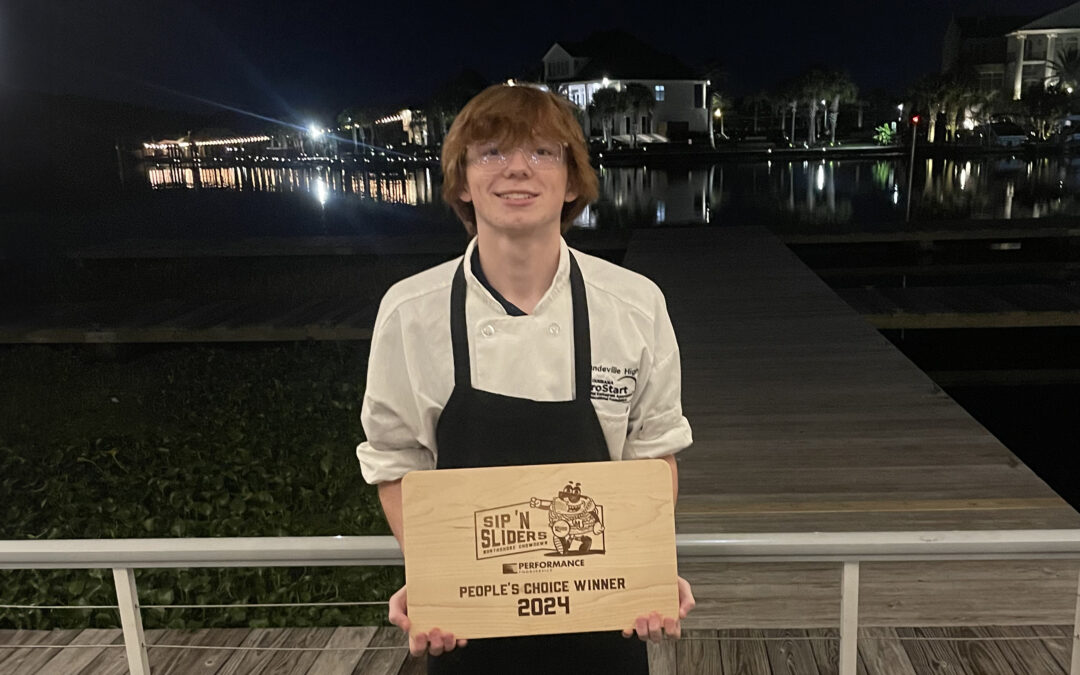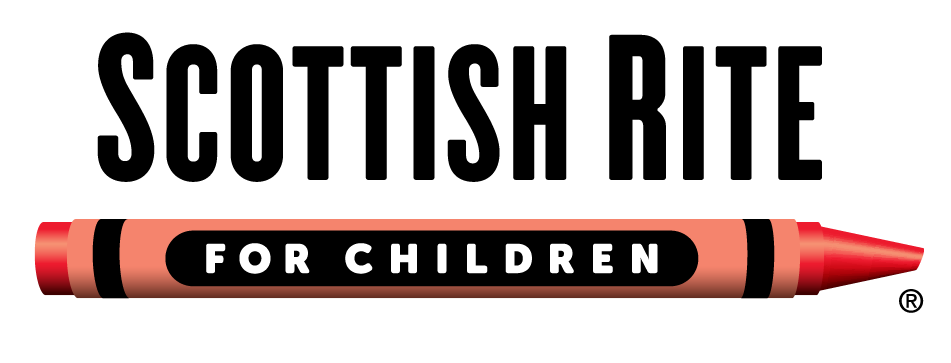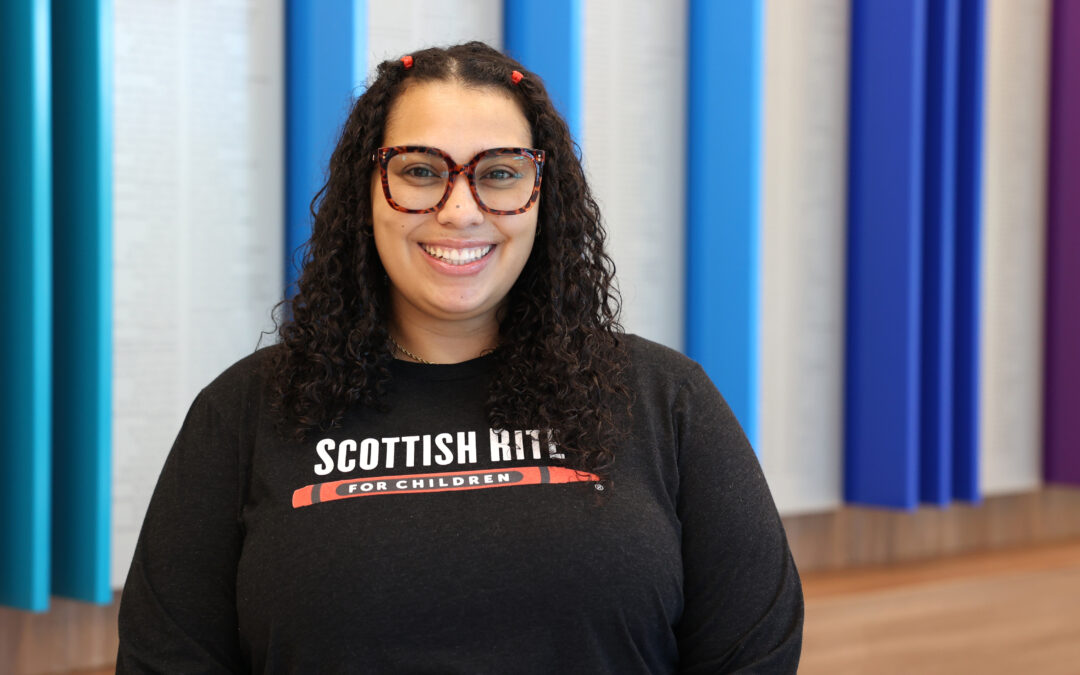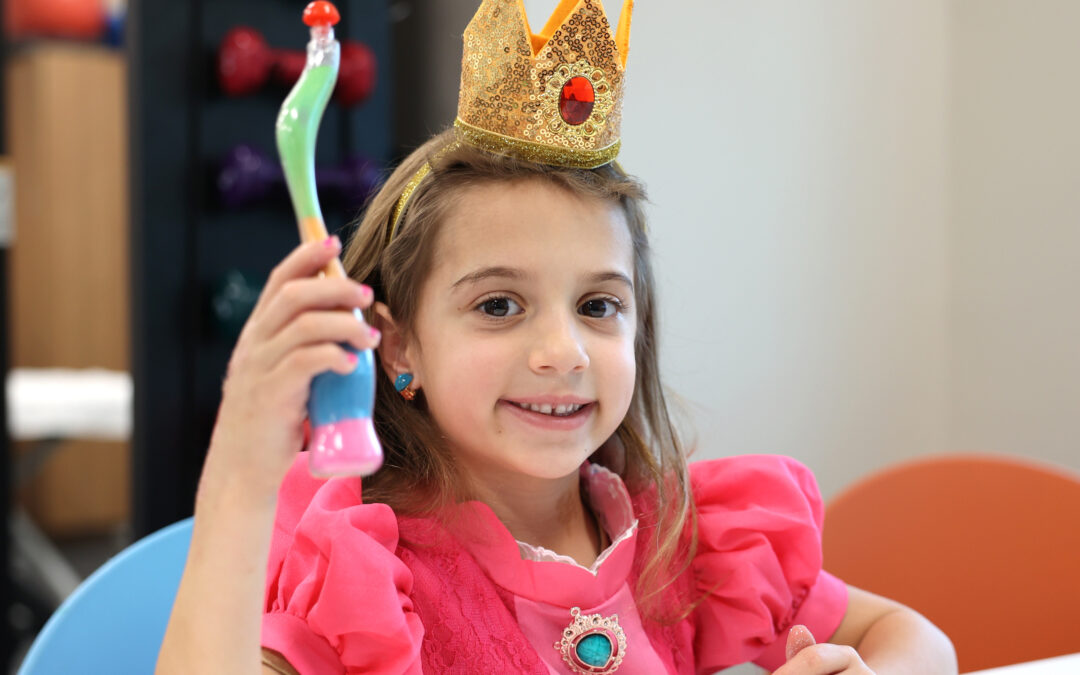
Healing More Than a Hip: Pierre Spreads Compassion After Perthes Disease
Riding a bike is a rite of passage in childhood — a symbol of freedom and fun. For 8-year-old Pierre, gliding through his neighborhood in Michigan was a favorite pastime. But one day, what started as an ordinary ride ended with a sudden, sharp pain in his hip.
“The pain was immobilizing,” Pierre says, now 18, reflecting on this memory. “I could barely walk.”
Concerned for his health, Pierre’s family brought him to a local emergency room and consulted several specialists, which led to a diagnosis of Legg-Calvé-Perthes disease. Better known as Perthes disease, this rare childhood hip disorder occurs when the blood supply to the ball of the hip joint is disrupted, which causes the bone to die.
After searching for ways to treat his rare condition at other facilities across the country and receiving surgical treatments that failed to improve his hip, Pierre’s family ultimately found their way to Scottish Rite for Children and began treatment with pediatric orthopedic surgeon and Director of the Center for Excellence in Hip Harry Kim, M.D., M.S.
“Scottish Rite was a place I actually looked forward to visiting,” Pierre says. “The hospital itself was huge and child friendly with interactive spaces. Those things made it feel less like a hospital and more like a place for kids to heal.”
Pierre required surgery to heal his hip. Dr. Kim performed an osteochondroplasty to reshape Pierre’s hip, which involves removing the excess bone on the hip socket to improve hip mobility. Additionally, Dr. Kim performed a soft tissue release, a procedure done to loosen the tight, contracted tissues around the joint to improve movement. Following surgery, Pierre continued to heal through various stretching exercises and physiotherapy, eventually regaining his ability to walk independently and play sports.
“Dr. Kim not only fixed my hip, but he protected my childhood,” Pierre says. “Dr. Kim brought humor, peace and consistency when everything else felt unpredictable. He made the whole experience easier for my family and I.”
After healing, Pierre reflects on nothing but positive memories of the community he built at Scottish Rite, including his care team and the other patients he met. “Scottish Rite was the first place where I felt seen, respected and uplifted through the hardest time of my life,” Pierre says. “Just being able to be around other kids reminded me that I wasn’t broken. I was just in progress.”
With his senior year of high school underway, Pierre is finding purpose in helping other children find their community and play the sport he loves — basketball. He hopes to provide the children he coaches with a similar level of compassion that he received from his care team at Scottish Rite years ago.
Do you have a story? We want to hear it! Share your story with us.





